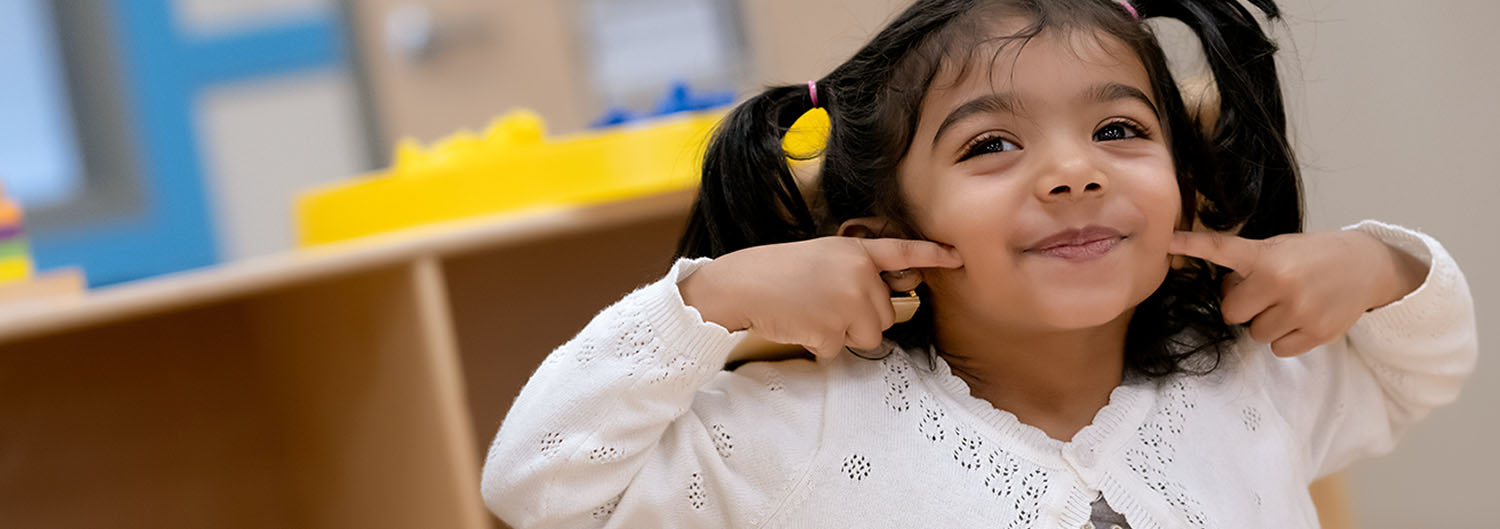- View All
- Topics
- Search
Topics
Blog Archive
-
2025 (6)
- March (3)
- February (1)
- January (2)
-
2024 (28)
- December (2)
- November (3)
- October (2)
- September (3)
- August (3)
- July (3)
- June (2)
- May (2)
- April (2)
- March (2)
- February (2)
- January (2)
-
2023 (15)
- December (2)
- November (2)
- October (2)
- September (1)
- August (1)
- July (1)
- June (1)
- May (1)
- April (1)
- March (1)
- February (1)
- January (1)
-
2022 (13)
- December (1)
- November (1)
- October (1)
- September (1)
- August (2)
- July (1)
- June (1)
- May (1)
- April (1)
- March (1)
- February (1)
- January (1)
-
2021 (16)
- December (1)
- November (1)
- October (1)
- September (2)
- August (1)
- July (1)
- June (1)
- May (2)
- April (1)
- March (2)
- February (2)
- January (1)
-
2020 (11)
- December (1)
- October (2)
- September (1)
- August (1)
- July (1)
- May (2)
- March (1)
- February (1)
- January (1)
-
2019 (12)
- December (1)
- November (1)
- October (1)
- September (1)
- August (1)
- July (1)
- May (2)
- April (1)
- March (1)
- February (1)
- January (1)
-
2018 (12)
- December (1)
- November (1)
- October (1)
- September (1)
- August (1)
- July (1)
- June (1)
- May (1)
- April (1)
- March (1)
- February (1)
- January (1)
-
2017 (12)
- December (1)
- November (1)
- October (1)
- September (1)
- August (1)
- July (1)
- June (1)
- May (1)
- April (1)
- March (1)
- February (1)
- January (1)
-
2016 (12)
- December (1)
- November (1)
- October (1)
- September (1)
- August (1)
- July (1)
- June (1)
- May (1)
- April (1)
- March (1)
- February (1)
- January (1)
-
2015 (12)
- December (1)
- November (1)
- October (1)
- September (1)
- August (1)
- July (1)
- June (1)
- May (1)
- April (1)
- March (1)
- February (1)
- January (1)
-
2014 (5)
- December (1)
- November (1)
- October (1)
- September (1)
- April (1)




How Our Teachers Foster Social-Emotional Development in the Preschool Years
The preschool years are a crucial time for children to develop important social-emotional skills that they will need for elementary school and beyond. They learn to share, take turns, play with peers, talk about their feelings and develop empathy for others. We ensure their success by creating a safe, nurturing and supportive environment where every child feels good about coming to school. Our teachers integrate activities in their lesson plans that help students learn new social-emotional skills while practicing existing ones. Below are a few examples.
1. Positive Relationships with Peers
Our classrooms are equipped with well-organized interest areas called centers. Teachers allow children to choose their center independently and act as play participants rather than directors. Students explore centers in small groups which enable them to practice social skills including listening, verbal and non-verbal communication, sharing, rule following and conflict management. Teachers use books and songs to reinforce skills, encourage students to use first names when talking with friends, and model positive social interactions.
2. Conflict Management
Children who can solve conflicts with peers are less likely to be impulsive or aggressive. Teachers use positive language and emotion labeling to guide conflict management and help students understand and identify their own feelings and emotions. They help children feel comfortable and reassured by creating a culture of respect, reinforcing positive behaviors, communicating in a warm manner, making eye contact, and encouraging students to brainstorm reasonable solutions.
3. Self-Regulation
Throughout the school day, our teachers provide various visual cues to help students regulate their behavior and act appropriately. They might point to their eyes to remind children to pay attention, cup their ears to remind children to listen, or place one finger in front of their mouth to signal softer voices or quiet time.
4. Emotional Literacy
Emotional literacy is a child’s ability to talk about and label their own emotions and feelings, as well as those of others. Teachers use emotion cards (photographs of faces showing various emotions), include emotion words in conversations and read books that discuss feelings. You can practice at home by using your child’s daily report from Links to Home to start a conversation about their day at school. Ask questions about specific activities and listen for emotion vocabulary. For example, ask “Did you like drawing a penguin? How did that make you feel?”